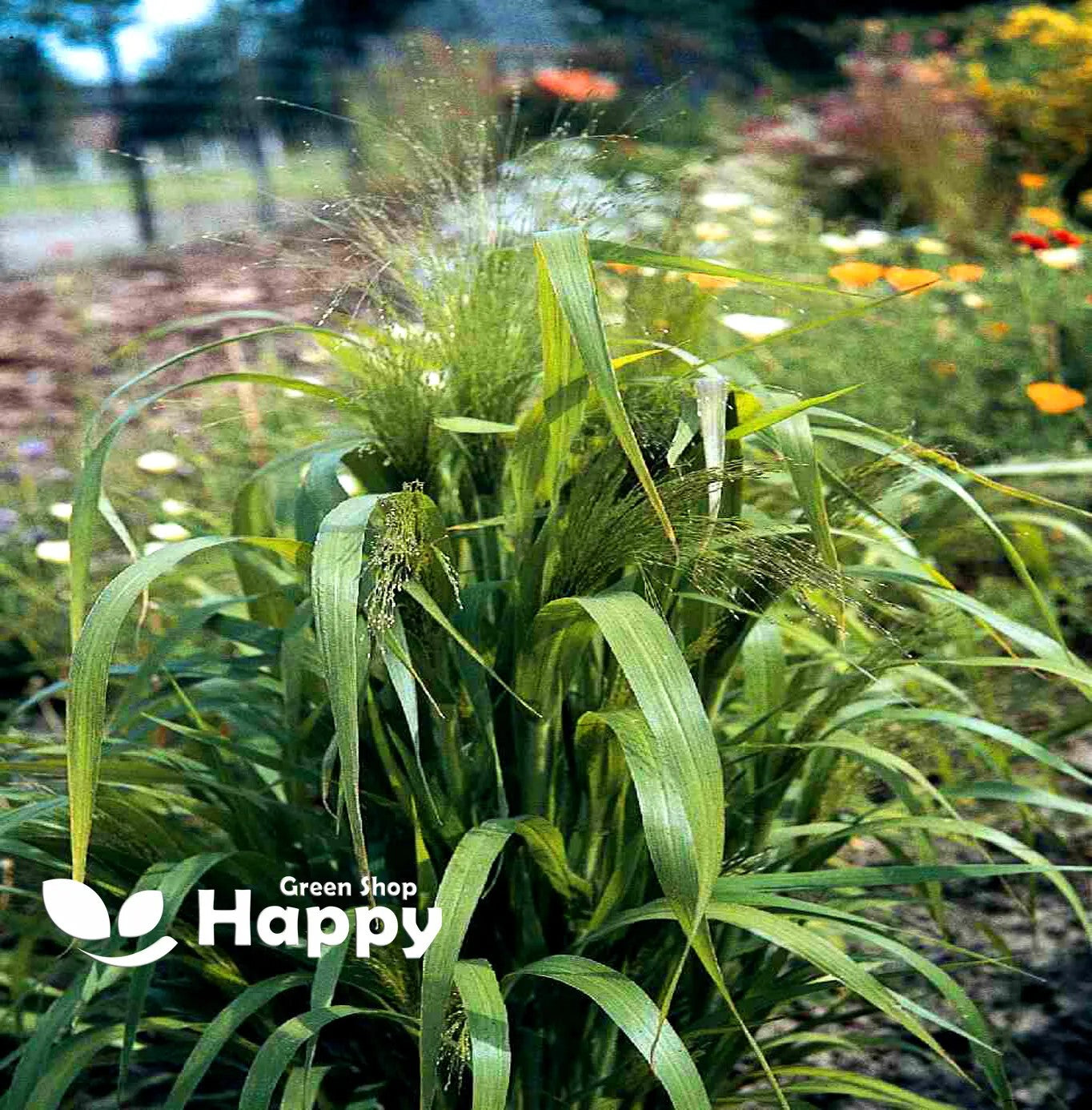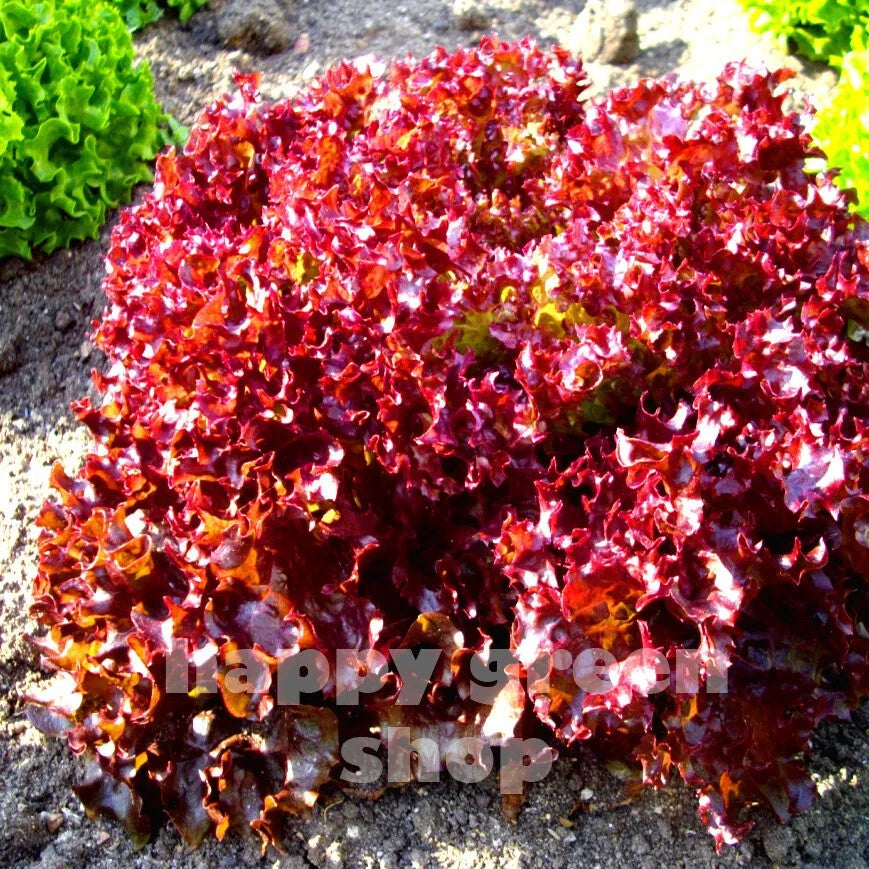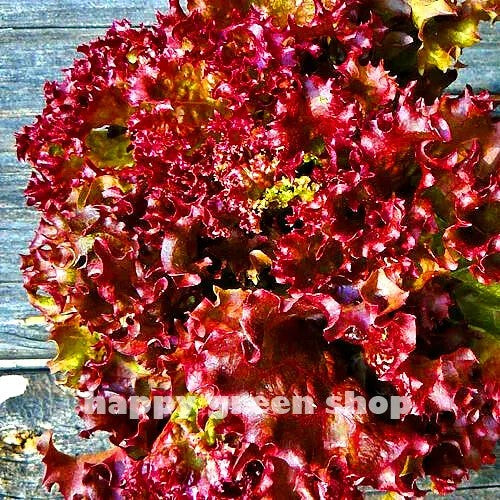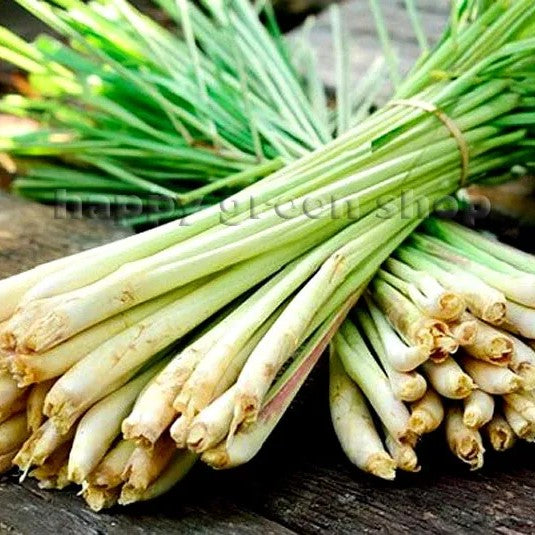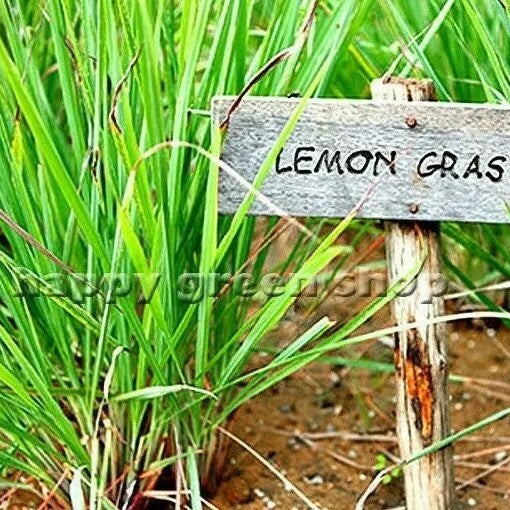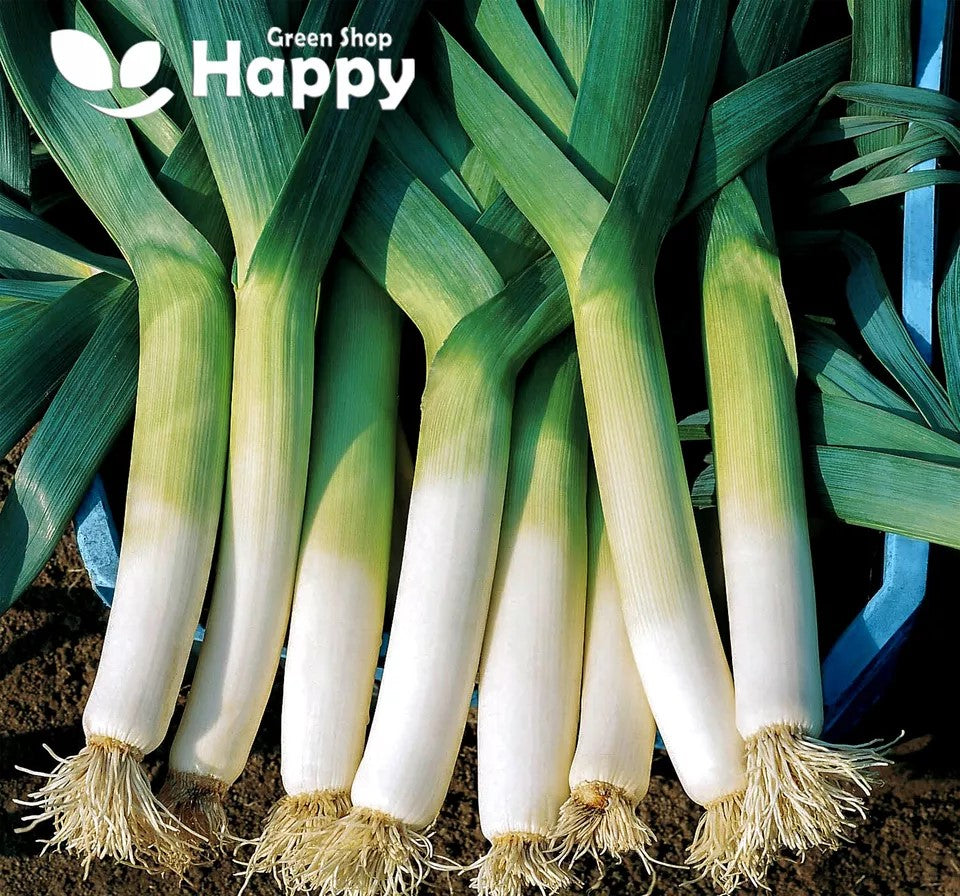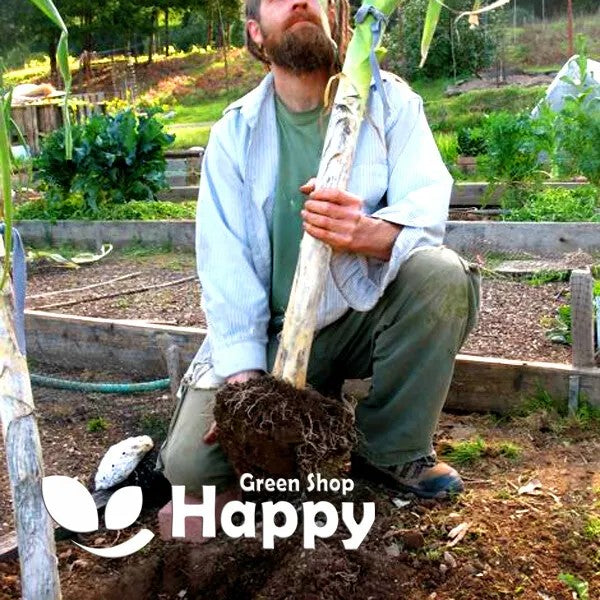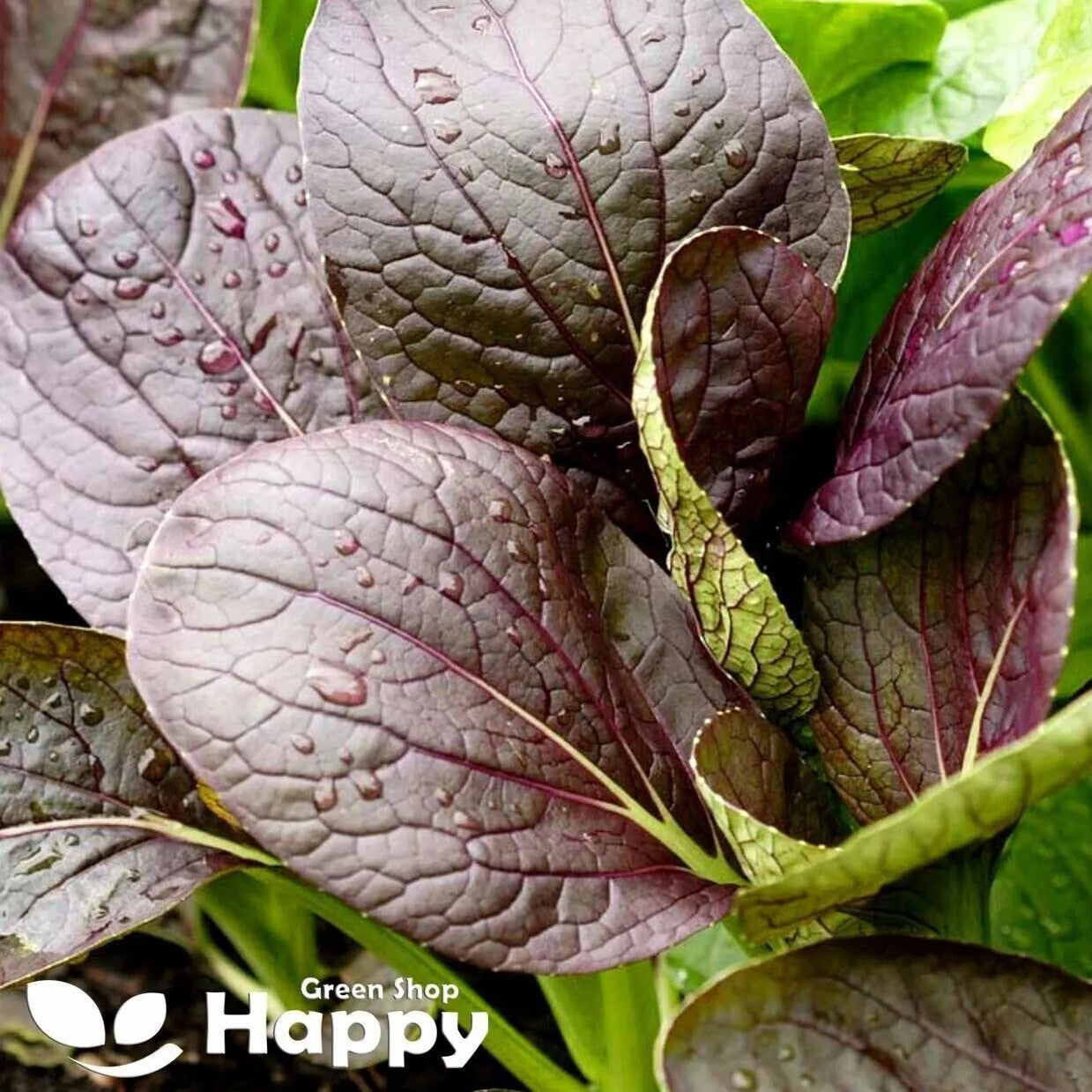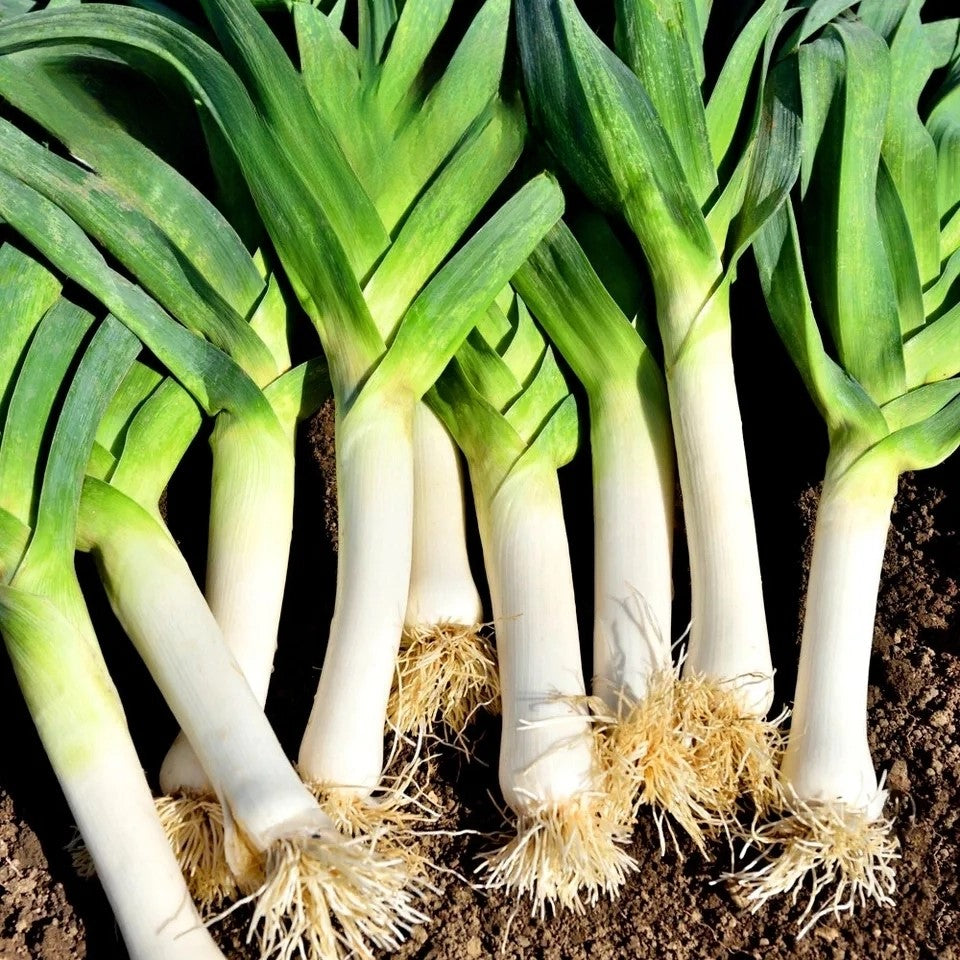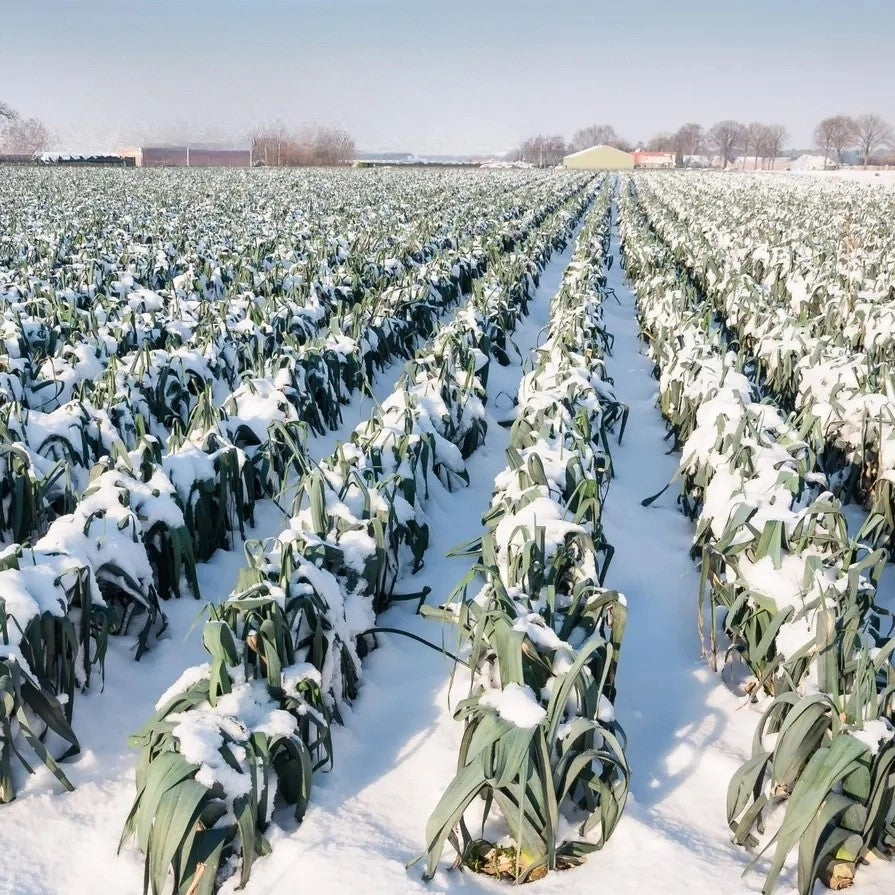Sort by:
190 products
190 products
Love Grass – Ornamental Grass Seeds
(Eragrostis elegans)
The Love Grass (Eragrostis elegans) is a graceful, airy ornamental grass valued for its fine, delicate seed heads that shimmer in the breeze. Its soft, cloud-like sprays add a romantic, light texture to borders, wildflower gardens, and floral arrangements. Easy to grow and quick to establish, this annual grass also makes a beautiful addition to bouquets and dried flower crafts.
Key Features
-
Type: Annual ornamental grass
-
Height: 50–70 cm
-
Spread: 25–30 cm
-
Flowering/seed heads: July–October
-
Position: Full sun
-
Soil: Light, well-drained
Ideal For
-
Adding texture to borders and beds
-
Wildflower-style plantings
-
Cut flower arrangements (fresh or dried)
-
Naturalistic and prairie-style gardens
Sowing & Growing
-
Sow indoors: March–April (in trays or pots, lightly covered)
-
Sow outdoors: April–May (direct in prepared soil)
-
Sow depth: Lightly cover – fine seeds need minimal soil cover
-
Spacing: Thin to 20–25 cm apart
-
Care: Low-maintenance; thrives in poor soil and tolerates drought once established
Lovage Seeds (Levisticum officinale)
Grow a robust, aromatic herb with Lovage (Levisticum officinale). This perennial produces tall, leafy stems with a strong celery-like flavor, perfect for soups, stews, stocks, and herbal infusions. Hardy and long-lived, it’s ideal for herb gardens, perennial beds, and pollinator-friendly plantings.
How to Grow
-
Sow seeds indoors 6–8 weeks before the last frost or directly outdoors in spring.
-
Use fertile, well-drained soil in full sun to partial shade.
-
Sow seeds 0.5–1 cm deep and thin seedlings to 40–50 cm apart.
-
Keep soil consistently moist until germination (14–21 days).
-
Transplant seedlings outdoors after frost risk has passed.
-
Harvest leaves and stems as needed; roots can be harvested in autumn.
Key Features
-
Tall, leafy perennial with strong celery-like flavor
-
Hardy, long-lived, and easy to grow
-
Ideal for soups, stews, stocks, and herbal infusions
-
Attracts pollinators and enhances garden biodiversity
-
Suitable for herb gardens, perennial beds, and companion planting
Ideal For
-
Herb gardens and kitchen beds
-
Culinary use in soups, stews, stocks, and teas
-
Perennial borders and pollinator-friendly plantings
-
Long-term herb cultivation with minimal maintenance
Sowing
-
Best time: Spring indoors or outdoors after frost
-
Depth: 0.5–1 cm
-
Spacing: Thin to 40–50 cm apart
-
Prefers full sun to partial shade and fertile, well-drained soil
Quick Tip
-
Regularly trim leaves to encourage bushier growth and a continuous supply throughout the season.
Lettuce 'Lollo Rosso' – Seeds (Lactuca sativa)
Brighten your salad bowl with Lettuce 'Lollo Rosso', a classic Italian variety admired for its deep red, frilly leaves and tender, crisp texture. With its mild yet slightly tangy flavor, this cut-and-come-again lettuce is perfect for adding both color and crunch to salads, sandwiches, and garnishes. Easy to grow, quick to mature, and highly decorative in the garden.
How to Grow
. Sow indoors from February to April or directly outdoors from March to July
. Sow thinly, 0.5 cm deep in rows 25–30 cm apart
. Thin seedlings to 20 cm apart for full-sized heads
. Prefers full sun and fertile, well-drained soil
. Water regularly to keep leaves tender and sweet
Key Features
. Attractive red, frilled leaves for striking salads
. Mild, slightly tangy flavor
. Cut-and-come-again variety for multiple harvests
. Decorative and productive in beds or pots
. Quick to mature, reliable crop
Ideal For
. Fresh salads and sandwiches
. Cut-and-come-again harvesting
. Adding color to kitchen gardens or containers
. Home cooks and salad lovers
Sowing & Harvest
. Sow: February – July
. Harvest: May – September
Quick Tip
Harvest outer leaves regularly to extend cropping, or cut the whole head at the base for a fuller harvest.
Lemongrass – Seeds (Cymbopogon flexuosus)
Lemongrass is a wonderfully fragrant herb, widely used in Asian cuisine for its fresh citrus flavor. This versatile plant can be grown in containers, kitchen gardens, or even indoors on a sunny windowsill. Both the leaves and stems are edible, perfect for curries, teas, marinades, and stir-fries. An attractive, clump-forming grass, it also adds a decorative touch to herb borders.
How to Grow
-
Sow indoors: February – April in trays or pots of seed compost with gentle heat.
-
Transplant: When seedlings are large enough, pot on or plant outdoors after the last frost.
-
Soil: Fertile, free-draining soil in full sun.
-
Spacing: 30–40 cm apart.
-
Keep soil moist and protect from cold.
Key Features
-
Fragrant herb with citrus aroma
-
Essential for Asian cooking
-
Edible stems and leaves
-
Can be grown in pots, containers, or beds
-
Attractive clump-forming grass
Ideal For
-
Asian-inspired dishes, teas, and marinades
-
Herb gardens, borders, and container growing
-
Indoor growing on sunny windowsills
Sowing & Harvest
-
Sow: February – April
-
Harvest: July – October (leaves and stems when mature)
Quick Tip
For a continuous harvest, cut stalks at the base while leaving the plant to regrow. In cooler climates, grow in pots and overwinter indoors.
Lemon Balm – Seeds (Melissa officinalis)
Lemon Balm is a hardy perennial herb valued for its refreshing lemon-scented leaves. Perfect for teas, desserts, and savory dishes, it also makes a soothing herbal remedy often used to promote relaxation. Its fragrant foliage attracts bees and pollinators, while its resilience makes it an easy-to-grow choice for gardens, pots, or borders.
How to Grow
-
Sow indoors: March – May in trays at 18–20°C.
-
Sow outdoors: May – July in a sunny or lightly shaded spot.
-
Thin or transplant seedlings to 30 cm apart.
-
Prefers fertile, well-drained soil.
-
Cut back after flowering to encourage fresh growth.
Key Features
-
Hardy perennial with refreshing lemon scent
-
Aromatic leaves for teas, salads, and cooking
-
Excellent for herbal remedies and relaxation
-
Attracts bees and pollinators
-
Easy to grow in borders or containers
Ideal For
-
Herbal teas and drinks
-
Culinary use in sweet and savory dishes
-
Herb gardens, borders, and patio pots
Sowing & Harvest
-
Sow: March – July
-
Harvest: May – October
Quick Tip
Pick leaves early in the morning for the best flavor and fragrance.
Leek ‘Winner’ – Seeds (Allium porrum)
Leek ‘Winner’ is a high-quality variety producing strong, upright plants with long, thick white shanks and dark green leaves. It is reliable, hardy, and suitable for harvesting throughout autumn and early winter. With its mild, sweet flavor, ‘Winner’ is a versatile kitchen staple perfect for soups, stews, and roasting.
How to Grow
-
Sow indoors: January – March in seed trays at 15–20°C.
-
Sow outdoors: March – April in drills, 1 cm deep.
-
Transplant seedlings when pencil-thick, spacing 15 cm apart in rows 30 cm apart.
-
Plant deeply to encourage longer white stems.
-
Prefers rich, well-drained soil in a sunny position.
Key Features
-
Strong, upright growth with long white shanks
-
Mild, sweet flavor for versatile cooking
-
Hardy variety for autumn and early winter harvests
-
Excellent storage qualities
Ideal For
-
Soups, stews, and casseroles
-
Roasting and grilling
-
Home gardens and allotments
Sowing & Harvest
-
Sow: January – April
-
Harvest: September – December
Quick Tip
For extra-long, tender shanks, earth up soil around the stems as they grow.
Leek 'Bulgarian Giant' – Seeds (Allium porrum)
Grow impressively large leeks with 'Bulgarian Giant', a heritage variety renowned for its thick, long white stems and tender green leaves. Ideal for soups, stews, and roasting, this hardy leek is slow to bolt and produces a reliable, high-yielding crop for home gardens and allotments. Perfect for gardeners seeking substantial, flavorful leeks throughout the season.
How to Grow
. Sow indoors: February – March, 1–2 cm deep in trays or seedbeds
. Transplant outdoors: April – June, spacing 15–20 cm apart in rows 30 cm apart
. Prefers fertile, well-drained soil with full sun
. Water consistently to encourage long, tender stems
. Harvest: Late summer to winter depending on planting date
Key Features
. Heritage leek variety producing thick, long stems
. Tender and flavorful for cooking
. High-yielding and hardy
. Slow to bolt for extended harvest
. Ideal for soups, stews, roasting, and braising
Ideal For
. Home gardens and allotments
. Culinary use in hearty dishes and soups
. Long-term harvesting from summer into winter
. Gardeners seeking classic, productive leek varieties
Sowing & Harvest
. Sow: February – March
. Transplant: April – June
. Harvest: August – December
Quick Tip
For extra-long stems, blanch leeks by mounding soil around the base as they grow.
Komatsuna Red Spinach Seeds (Periviridis)
Bring bold color and exceptional nutrition to your garden with Komatsuna Red Spinach, also known as Japanese mustard spinach. This hardy leafy green features striking red-purple leaves with a mild, slightly mustardy flavor. A versatile and fast-growing crop, it thrives in both cool and warm conditions, making it perfect for year-round sowing. Delicious in salads, stir-fries, and soups, it’s a nutrient-packed choice for any kitchen garden.
How to Grow
-
Sow directly outdoors from spring to autumn or under cover in winter.
-
Prefers fertile, well-drained soil in full sun or partial shade.
-
Sow seeds thinly 1 cm deep in rows 30 cm apart.
-
Thin seedlings to 15–20 cm spacing for full-sized plants.
-
Harvest young leaves in 25–30 days or mature leaves in 40–50 days.
Key Features
-
Fast-growing, cut-and-come-again leafy green
-
Beautiful red-purple leaves with mild mustard flavor
-
High in vitamins A, C, and calcium
-
Tolerates both heat and cold for extended cropping
-
Suitable for salads, stir-fries, soups, and juicing
Ideal For
-
Year-round vegetable growing
-
Nutrient-rich kitchen gardens
-
Gardeners who enjoy fast, repeat harvests
-
Adding color and flavor to fresh dishes
Sowing
-
Best time: March to October (under cover for winter)
-
Depth: 1 cm
-
Spacing: 15–20 cm between plants
-
Position: Full sun or partial shade
-
Harvest: From 25 days after sowing
Quick Tip
-
Pick leaves regularly to encourage new growth and enjoy tender, flavorful harvests throughout the season.
Large Leek 'Monstruoso di Carentan 2' – Seeds (Allium porrum)
Grow impressively large leeks with 'Monstruoso di Carentan 2', a classic heirloom variety prized for its thick, long white stems and robust flavor. Ideal for soups, stews, roasting, and braising, this hardy leek is slow to bolt and provides a high-yield, long-lasting harvest. Perfect for home gardens and allotments, it’s a favorite for gardeners seeking substantial, gourmet leeks.
How to Grow
. Sow indoors: February – March, 1–2 cm deep in trays or seedbeds
. Transplant outdoors: April – June, spacing 15–20 cm apart in rows 30 cm apart
. Prefers fertile, well-drained soil with full sun
. Keep soil consistently moist for long, tender stems
. Harvest: Late summer to winter depending on planting date
Key Features
. Heirloom leek variety with thick, long stems
. Tender and flavorful for a wide range of culinary uses
. High-yielding and hardy
. Slow to bolt for extended harvest
. Ideal for soups, stews, roasting, and braising
Ideal For
. Home gardens and allotments
. Culinary use in hearty dishes
. Long-term harvesting from summer into winter
. Gardeners seeking large, classic leek varieties
Sowing & Harvest
. Sow: February – March
. Transplant: April – June
. Harvest: August – December
Quick Tip
For extra-long stems, blanch leeks by mounding soil around the base as they grow.
Showing 117/190


